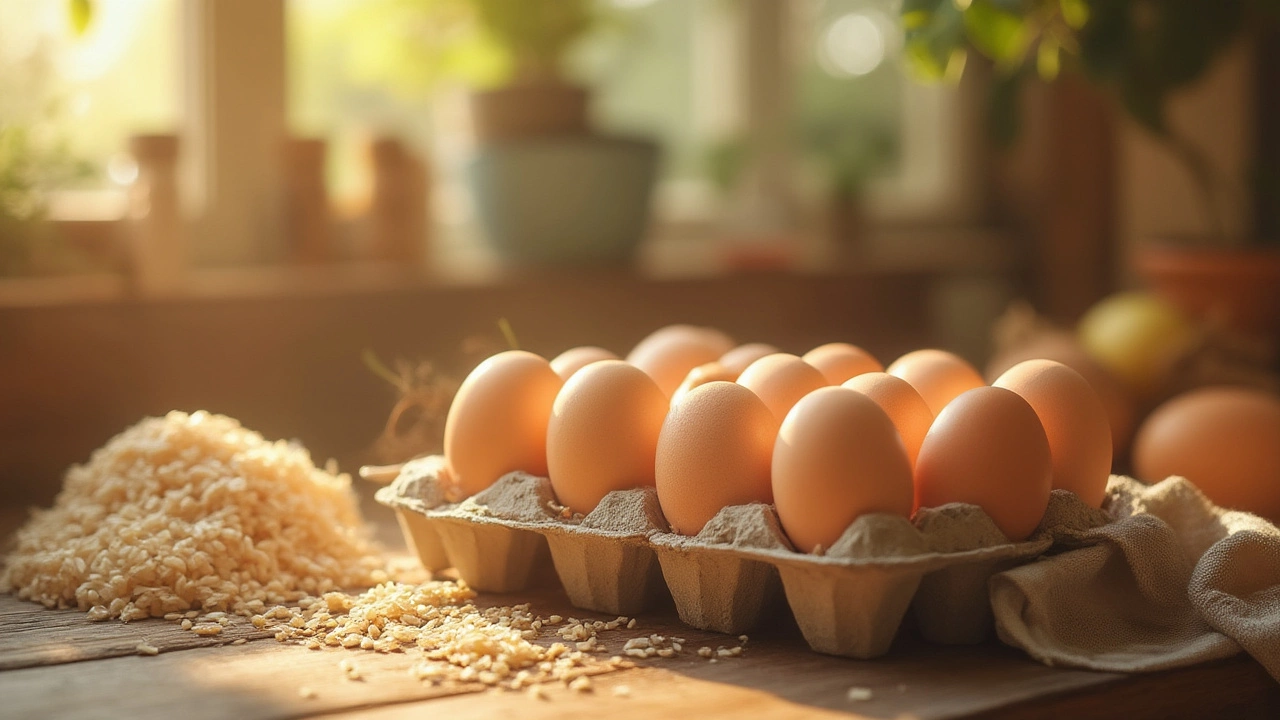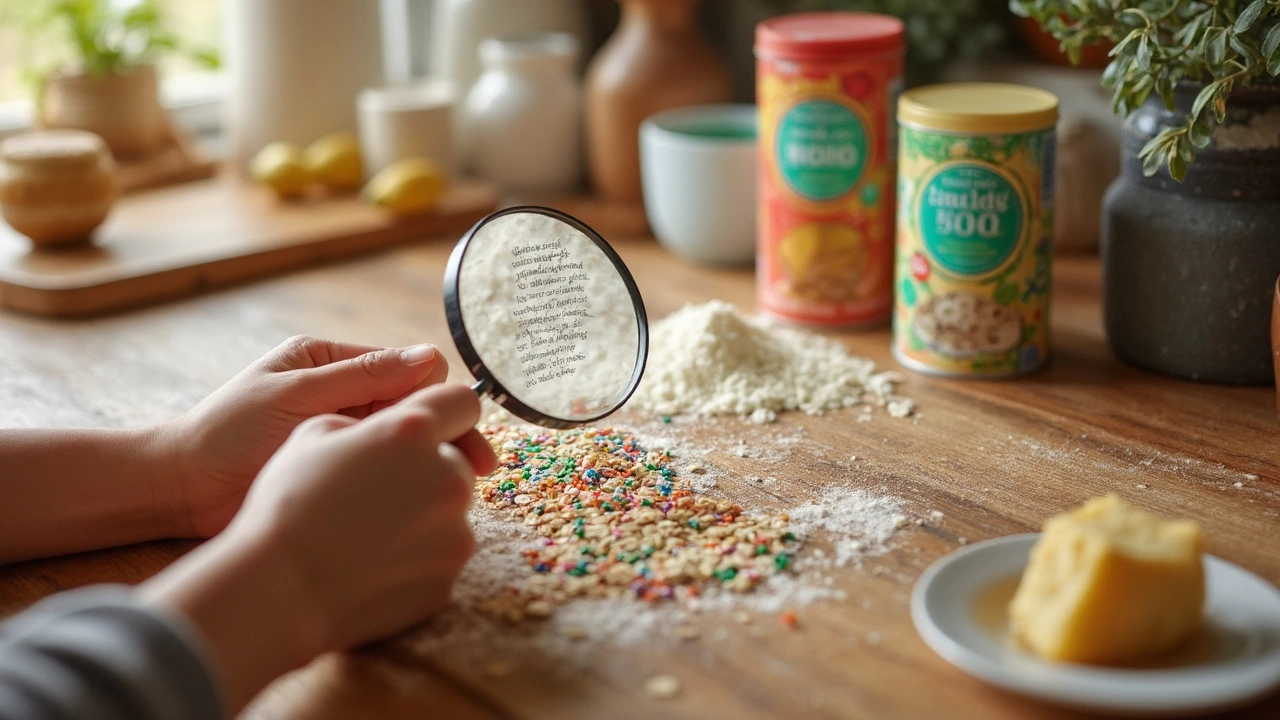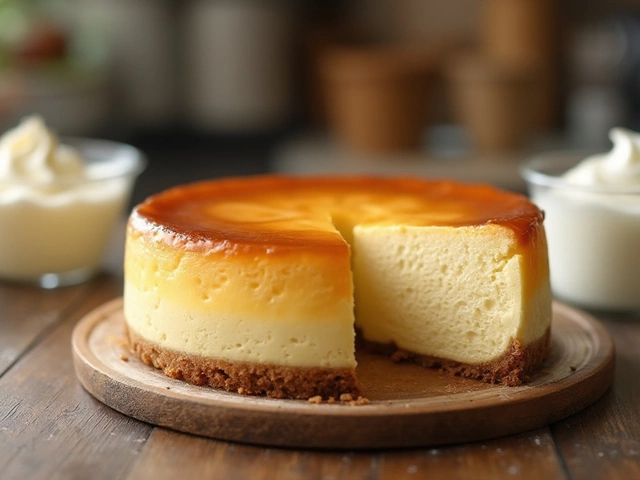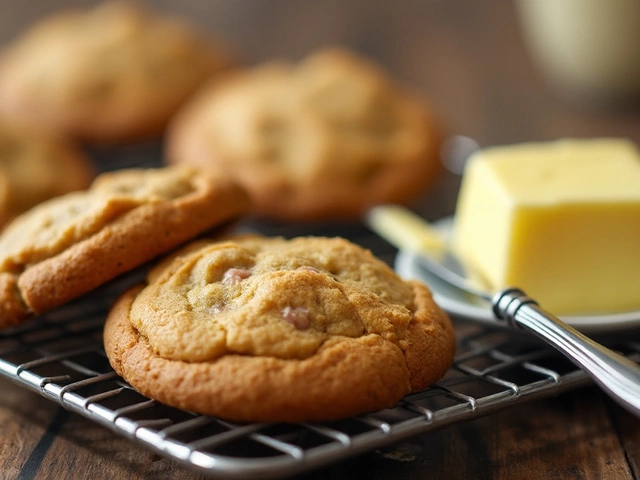Hidden Gluten: Spot the Sneaky Culprits in Your Sweet Treats
If you’re avoiding gluten, you probably already read labels and swapped wheat flour for rice or almond flour. But gluten loves to hide in places you wouldn’t expect. A tiny amount of hidden gluten can turn a perfect gluten‑free cake into a disaster for anyone with celiac disease or a strong intolerance. Let’s break down where it shows up and how you can keep every bite safe.
Common Hiding Spots in Desserts
Even the most experienced bakers can miss gluten that’s not listed as an ingredient. Here are the usual suspects:
- Processed cocoa powders. Some brands blend cocoa with wheat starch to improve texture. Check for a “processed” label and choose a pure, gluten‑free option.
- Flavor extracts. Vanilla or almond extracts may contain wheat‑based carriers. Look for “gluten‑free” certification or use pure essential oils.
- Thickening agents. Ingredients like modified food starch can be derived from wheat. Corn starch or arrowroot are safe alternatives.
- Chocolate chips and candy. Many chocolates use wheat flour as a stabilizer. Pick brands that explicitly say gluten‑free.
- Pre‑made mixes. Cake, brownie, or fudge mixes often hide gluten in the base. The best move is to make mixes from scratch using gluten‑free flour blends.
When you see a product that claims “no wheat,” double‑check the fine print. Words like “may contain” mean cross‑contamination is possible, which is enough to trigger a reaction for sensitive people.
Practical Tips to Avoid Hidden Gluten
Here are five easy steps you can add to your routine:
- Read the whole label. Don’t just scan the ingredient list. Look at the “Allergen Information” section for hidden wheat.
- Stick to trusted brands. Brands that label their products as “gluten‑free” are regularly tested. They’re your safest bet for chocolate, cocoa, and extracts.
- Use a separate kitchen area. Cross‑contamination can happen if a regular flour scoop touches gluten‑free batter. Keep a dedicated set of utensils and bowls.
- Swap with safe alternatives. Replace wheat‑based thickeners with cornstarch, and use gluten‑free oats (certified) instead of regular oats.
- Check our guide posts. Recipes like “Gluten‑Free Cakes Sink: Why It Happens & How to Prevent It” and “Gluten‑Free Grains List: Which Grains Are Safe” give you the science behind common problems and a quick reference for safe ingredients.
By following these steps, you’ll cut out most hidden gluten sources before they reach the mixing bowl. The result? Light, fluffy cakes, smooth fudge, and brownies that stay fresh without any surprise reactions.
Remember, the goal isn’t just to avoid visible wheat flour. It’s to keep every component of your dessert truly gluten‑free, from the tiniest flavor drop to the biggest chocolate chunk. When you know where gluten hides, you can bake with confidence and share your sweets with anyone, gluten‑free or not.

What Is Surprisingly Not Gluten-Free? Hidden Sources of Gluten in Gluten-Free Cakes
Many foods labeled gluten-free still contain hidden gluten-especially in cakes. Learn the surprising sources of contamination and how to bake safely for celiac disease or gluten sensitivity.
View More
Are All Eggs Gluten-Free? What to Know About Eggs, Gluten, and Hidden Dangers
Are eggs gluten-free? Here’s the real scoop on eggs and gluten, accidental risks, safe cooking tips, and how to keep gluten out of your breakfast.
View More
Worst Foods for Gluten: What to Skip for Safe Gluten-Free Cakes
Gluten can hide in foods you’d never expect, especially if you’re baking or buying gluten-free cakes. This article pinpoints which ingredients and foods are the worst offenders when it comes to gluten. Get tips for avoiding these traps so your cakes stay safe for anyone avoiding gluten or living with celiac disease. Discover common mistakes, learn what to double-check, and find practical swaps. Perfect for anyone new to gluten-free baking or worried about hidden gluten.
View More




